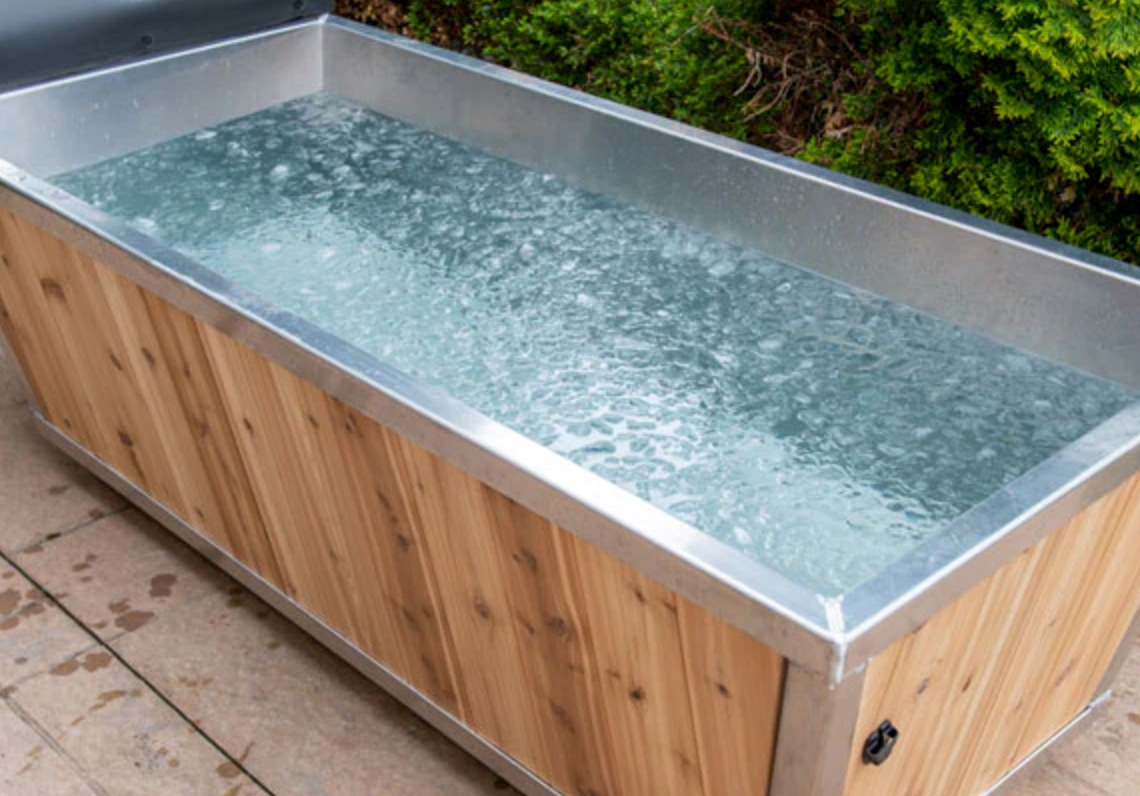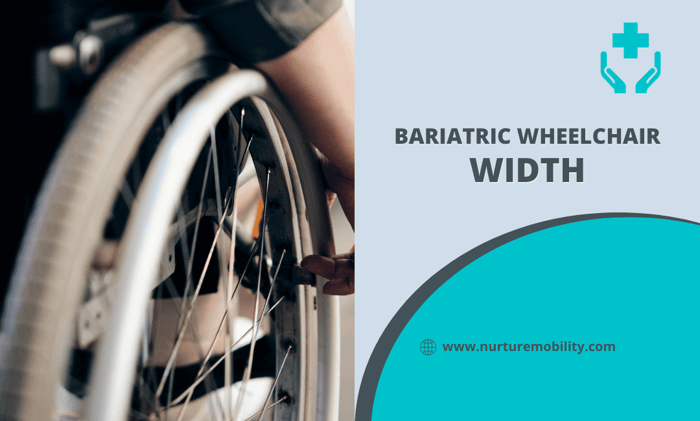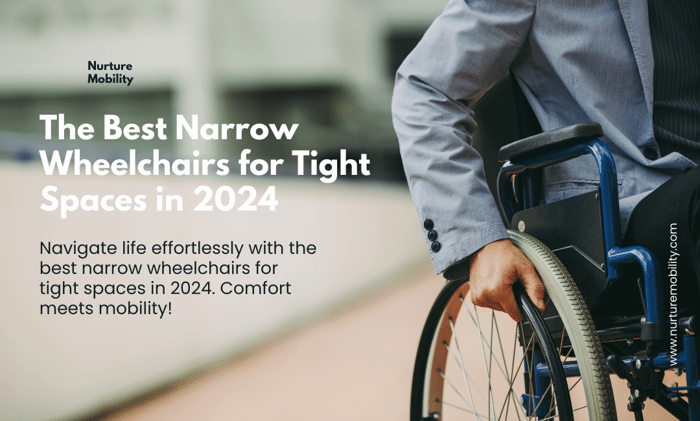How Wide is a Bariatric Wheelchair: Size Matters

Navigating the world of bariatric wheelchairs can often feel like a game of inches—where every bit of space counts for comfort and mobility. Have you ever wondered just how wide a bariatric wheelchair needs to be to balance roominess with practicality? We’re slicing through the confusion to deliver the specs that matter most to your comfort and ease of use.
● Defining Bariatric Wheelchair Dimensions: Break down the numbers that define wheelchair width.
● Comfort vs. Accessibility: How width impacts daily use in various environments.
● Measurement Tips: Key points for ensuring the perfect fit when selecting your chair.
● Expert Recommendations: Insights from industry professionals on leading wheelchair models.
Defining Bariatric Wheelchair Dimensions
Bariatric wheelchairs cater to a sturdier build, with overall widths ranging from 28 to 33 inches. This extra girth accommodates seats wider than the standard, which often measure a snug 16 inches for narrow adults to a roomier 20 inches for most.
For those who need a more generous fit, bariatric models provide seat widths of up to 30 inches. It's not just about whether you can sit down—it's about whether you can do so with ease and without compromising on the freedom to move.
Tip: Always compare the width of the wheelchair to the width of your home's doorways to ensure a good fit. The average interior doorway in the U.S. is 23 to 27 inches wide, so you'll want a chair that can comfortably navigate your living space.
Comfort vs. Accessibility
You might think bigger is better, but it's all about balance. A wheelchair that's too wide can be difficult to maneuver, especially in tight spaces. On the flip side, a chair that's too narrow can be uncomfortable and may not provide the support you need. It's like finding the perfect pair of shoes—if they don't fit just right, you're in for a world of discomfort.
Consider this: The width of your chair affects more than just your seating—it influences how you interact with your environment. From zipping through supermarket aisles to fitting into accessible restroom stalls, the width of your wheelchair plays a pivotal role in your daily activities.
Pro Tip: Look for models with adjustable armrests and seating panels. These features can give you some wiggle room and allow you to customize the fit without compromising on comfort or accessibility.
Measurement Tips
When measuring for a bariatric wheelchair, precision is key. Here are some practical tips to guide you:
● Measure in the Right Spot: Sit on a flat surface and measure the widest part of your body, typically across your hips or thighs. If your hips are 38 inches wide, for example, you'll need a seat wider than that measurement.
● Consider Clothing and Space: Add at least 1 to 2 inches to your measurement for clothing and a bit of extra room to move. If your measurement is 38 inches, look for a seat width of at least 39 to 40 inches.
● Account for Doorways: Ensure the overall width of the wheelchair can clear your doorframes. Measure all doorways in your home to ensure a fit. If your narrowest doorway is 27 inches, a 33-inch wheelchair won't pass through without a struggle.
● Think of the Arms: Make sure the armrests don't add too much width, making the chair impractical for your space. If the seat is 30 inches wide, armrests could add another inch on each side, totaling a 32-inch width.
● Check for Adjustability: Opt for adjustable components. A wheelchair with an adjustable seat width can adapt to your body changes or different seating cushions.
● Height Matters Too: Ensure the seat height allows your feet to rest flat on the ground or footrests. This affects balance and comfort.
● Reach for the Wheels: Can you comfortably reach the wheelchair's wheels? Your fingertips should brush the wheels with your arms resting at your sides.
● Back Height is Crucial: The height of the backrest affects posture and comfort. When seated, the backrest should support your entire back without pushing your shoulders forward.
Stat Alert: According to the CDC, the average waist circumference for American adults is 40.2 inches for men and 38.6 inches for women. This is a key stat to keep in mind as you consider wheelchair width.
Remember: It's not just the seat width that counts. Think about your whole body and how it moves. Do your arms rest comfortably at your sides? Can you reach the wheels without straining? These are the questions that turn a good fit into a great one.
Expert Recommendations
Choosing the right wheelchair is a decision that impacts every aspect of your life, from comfort to mobility. Industry professionals recommend considering not only the width of the wheelchair but also the weight capacity, the durability of the frame, and the ease of propulsion. These factors are critical for both the longevity of your chair and your quality of life.
For instance, a reinforced steel frame can offer both sturdiness and reliability, especially for heavier users. Meanwhile, chairs with high-quality, smooth-rolling wheels can lessen the effort you need to move around, saving your energy for the activities you love.
Pro Tip: Seek out models with modular designs. These allow for components to be replaced or upgraded as needed, adapting to your changing needs without the need for a completely new chair.
Leading Wheelchair Models
As you seek a bariatric wheelchair that meets your needs for comfort and maneuverability, consider these top picks from Nurture Mobility:
● The Karman T-920W, T-922W offers removable footrest and armrest options.
● For those needing extra width, the Karman BT10 adjusts to provide ample space with a seat width up to 22 inches.
● The Karman KM-8520X is a blend of durability and lightness, making it easier to propel and transport, available from $1,980.
● If adjustable seat height is a priority, the Karman KN-924, KN-926, KN-928 series offers this feature.
● The Karman KN-922 22" and Karman KN-920 20" both provide a comfortable seat width with removable armrests for ease of access.
Each of these models is designed to enhance your mobility and ensure you navigate your day with confidence and comfort. Remember, the best way to know which chair is right for you is to try them out for yourself, keeping in mind the width, weight capacity, and the spaces you'll be navigating most frequently.
For further details and to view these models, visit Nurture Mobility's Bariatric Wheelchairs collection.
Find Your Perfect Match in Wheelchair Width
Wrapping up, you're now equipped to find a bariatric wheelchair that's a perfect match for both your body and lifestyle. With the right knowledge and options, comfort meets mobility.
● Measure for the Right Fit: Ensure enough space for comfort without sacrificing maneuverability.
● Balance is Key: Find the middle ground between a snug and an overly wide chair.
● Try Before You Buy: Test drive models to find your best match.
● Consider Adjustability: Look for wheelchairs that can adapt to your needs.
Nurture Mobility stands out by offering options that cater to these exact needs. Their selection doesn't just sell wheelchairs; they provide a bridge to enhanced freedom and quality of life. With Nurture Mobility, you're not just buying a wheelchair—you're reclaiming your independence, one roll at a time.












